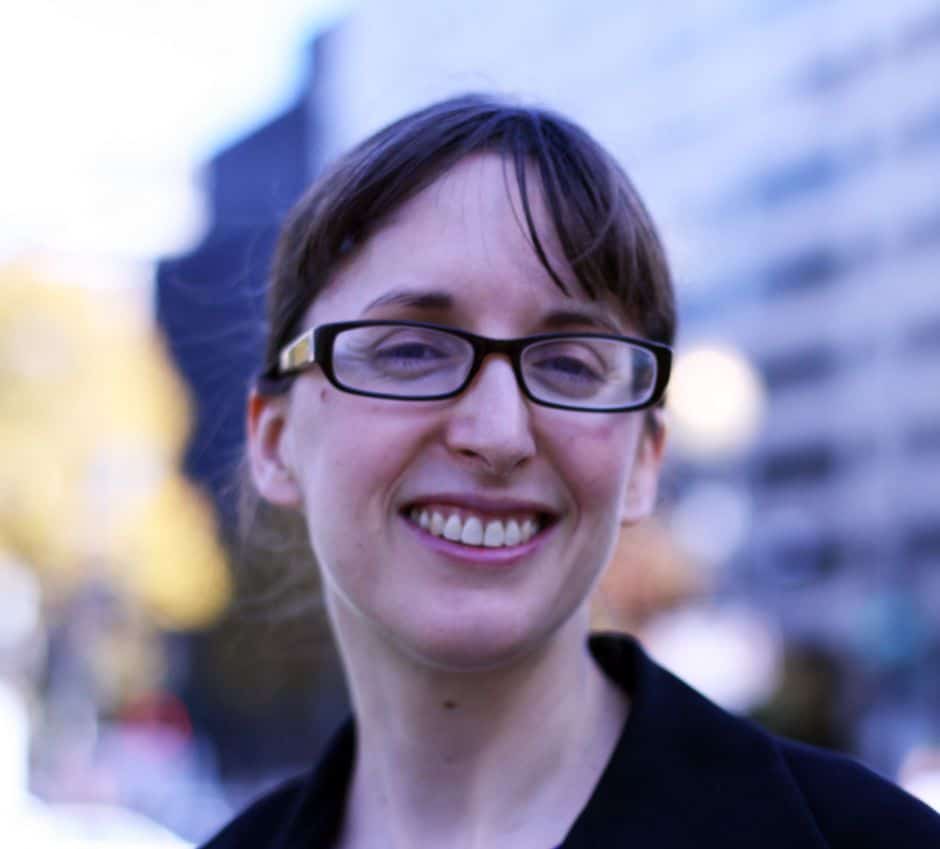Introduction
Members of Congress took sides Tuesday in a long-running debate: What’s more costly, tightening the nation’s smog standard or not tightening it?
Two key members of the House Science, Space and Technology Committee summed up the opposing viewpoints during a Tuesday morning hearing. Chairman Lamar Smith, R-Texas, argued that the U.S. Environmental Protection Agency’s proposed stricter limit for ozone — the lung-damaging gas in smog — could be economically “devastating.” U.S. Rep. Eddie Bernice Johnson, D-Texas, the committee’s ranking member and a nurse, contended that illnesses aggravated by poor air quality “have a very real and destructive effect on the economy.”
The hearing came as the battle over the EPA proposal heats up. Eleven state governors urged the agency in a letter Monday to keep the current standard of 75 parts per billion. The American Petroleum Institute said in a press conference the same day that the standard “could be the costliest regulation ever imposed on the American public.”

House Committee on Science, Space and Technology
Environmental group Earthjustice said on Tuesday — the final day to submit comments to the EPA — that more than 500,000 people had written to support the proposed tighter standard of 65 to 70 ppb, or an even stricter limit. The EPA is under court order to act by Oct. 1.
A Center for Public Integrity investigation found that many communities have ozone at levels research shows is unhealthy, that most arguments about the standards echo those made over the past four decades, and that Texas — the state with the most ozone-causing emissions from power plants and other facilities — is as aggressive as trade groups in pushing back against tighter limits.
Johnson, who represents the smog-challenged Dallas area, cited the project at Tuesday’s hearing. She doesn’t agree with arguments made by industry groups and some states that a tighter ozone standard would cause major economic disruption.
“It’s what’s been said for decades about every major environmental and consumer protection — from catalytic converters to scrubbers to seatbelts,” she said. “We all know that none of those predictions have come true.”
Smith, whose district includes parts of San Antonio, puts more stock in the warnings about ozone rules’ ripple effects. He contended that the “burdensome permitting and compliance obligations” that come when an area is deemed out of attainment with the standard pose a serious economic problem. The timing is bad, he added. More than 150 counties have ozone levels topping the 2008 standard, which was looser than the EPA’s independent scientific advisory panel had recommended.
“The air we breathe is significantly cleaner and will continue to improve thanks to new technologies,” Smith said. “However, it is premature and unnecessary for the EPA to propose a new standard when we have not yet given states the opportunity to meet the 2008 standard.”
Only one of the five hearing witnesses — the sole health professional — came out in favor of a stricter standard. Dr. Mary B. Rice, a pulmonary critical care physician at the Harvard-affiliated Beth Israel Deaconess Medical Center, said the cost of ozone includes medical bills, hospitalizations, missed work days and premature death.
Another witness, Allen S. Lefohn, president of air-quality consulting firm A.S.L. & Associates in Montana, warned that the amount of ozone communities can’t control — because it comes from elsewhere or is naturally occurring — is particularly high in the West. That could complicate efforts to reduce ozone, he said.
“We could shut everything down in the desert — no industry, no transportation, no housing, no nothing — and we would still have exceedances of the 2008 standard,” said witness Eldon Heaston, who heads two California air quality management districts downwind of the high-ozone Los Angeles region.
Witnesses and committee members also pointed to the EPA’s reliance on as-of-yet unknown pollution control technology in its proposal.
That troubles some air-quality officials, including Heaston, who said “you’re looking into the future with promises of some sort of deposit that you may not be able to withdraw later.” But the American Lung Association, in an earlier interview, said technology typically follows new standards, rather than the other way around.
That’s part of what Congress intended with the Clean Air Act, said Janice Nolen, the group’s assistant vice president of national policy.
“As a result, we have equipment, we have tools, we have systems that would not have existed if we had not had this reason to get cleaner air,” she said.
Read more in Environment
Environment
How we acquired and analyzed data for ‘Environmental Justice, Denied’
Our receipt of EPA documents under a Freedom of Information Act request was just the beginning of a lengthy process
Danger in the Air
Plant flares could pump out more pollution than previously thought
Earlier tallies may have underestimated the amounts of chemicals released into U.S. communities


Join the conversation
Show Comments